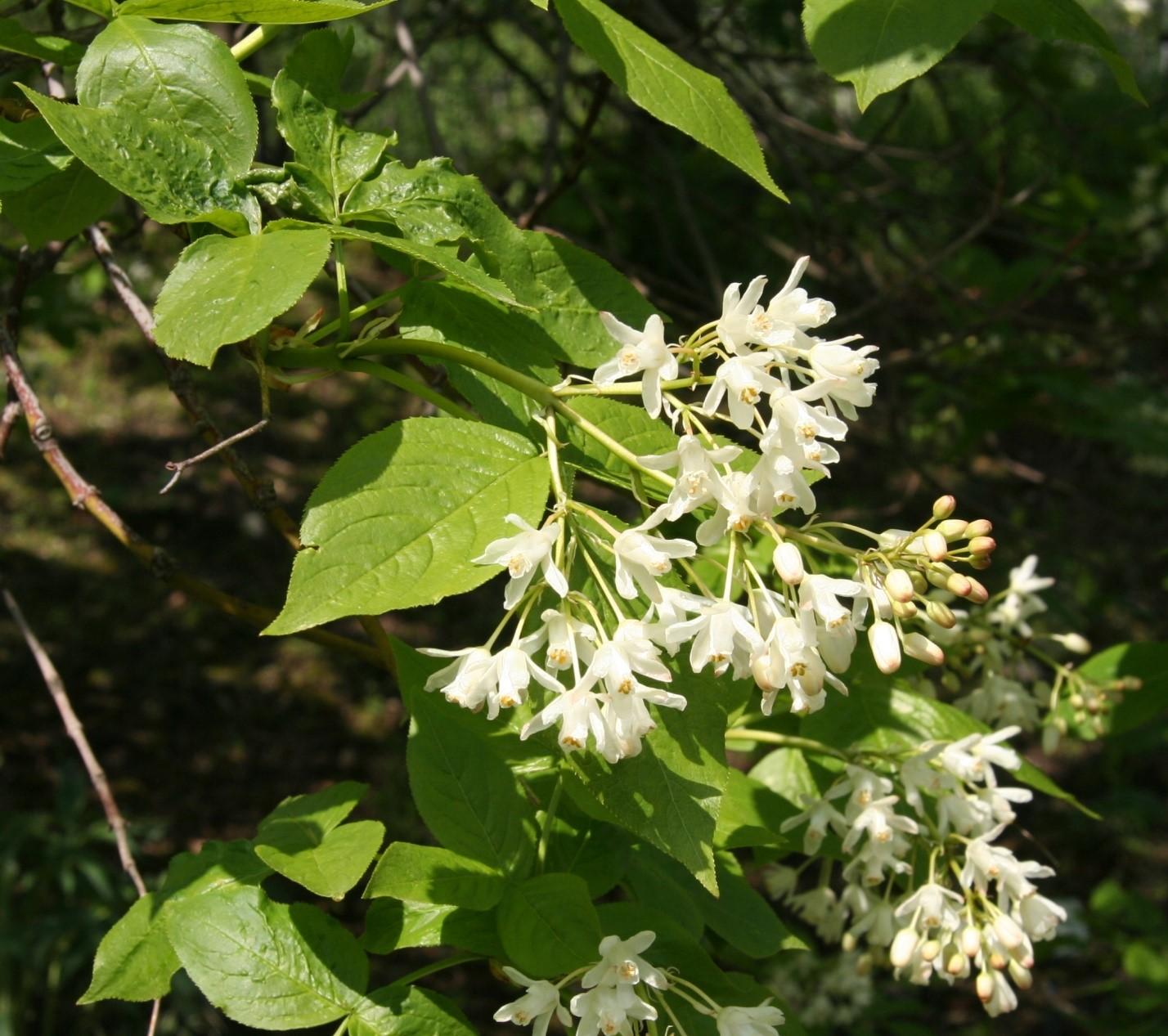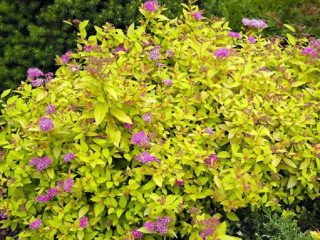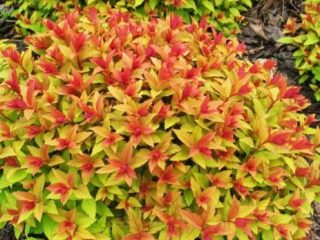Content
Kolchikaya klekachka is a plant listed in the Red Book. It is a small tree or medium-sized shrub growing in the Caucasus. The rare crop attracts attention with its beautiful white inflorescences and has extensive use in cooking.
Description of Colchis klekachka with photo
The height of the bush is up to 300 cm. The leaves are feathery, light green in color, and quite densely located on the branches.

Young shoots do not have bark, but very quickly become overgrown, becoming gray in color.
Flowering of the Colchian clam occurs in June. During this period, large inflorescences are formed, consisting of 10-14 buds. They stretch up to 14 cm in length and are clearly visible against the green background created by the crown. In autumn, in place of the flowers, swollen fruits are formed, resembling a capsule from the outside. Inside, under the pulp there are large seeds.
Where does it grow
The plant can be found in Georgia and Abkhazia. It is extremely rare, despite the fact that it is resistant to aggressive factors and tolerates air pollution normally. Colchis klekachka mainly grows in the Caucasus and is well adapted to rainy winters and hot summers.
Useful properties of Colchis klekaka
The fruits contain large amounts of calcium, sodium, iron and other minerals. Colchis kleka is also rich in vitamins: C, PP, E. Drinking fruit juice improves memory, helps cope with bruises, intestinal disorders, and coughs.
Long-term consumption of fruits restores the liver, genitourinary system, and gastrointestinal tract. Decoctions and infusions prepared on a fruit basis remove toxins, relax the nervous system, have a calming effect, and relieve headaches.
The plant is useful for wounds, as it has wound-healing properties. It also strengthens the walls of blood vessels, normalizes heart function, and reduces pain.
Methods of application
The shrub has decorative uses and is often grown as an independent crop. Other plants look good next to the Colchis plant. It is popular among southern flower growers; in the central part it is grown in greenhouses and special gardens (with shelter).
In Georgia and Armenia, a variety of dishes are prepared from Colchis klekachka. The most common recipe is marinating, followed by seasoning and pouring vegetable oil. The product is served as a savory snack.

The taste of a kleka dish is very similar to capers, so they are often confused
Since the berries and leaves contain useful minerals, vitamins, as well as vegetable protein and fiber, they are used to prepare decoctions and infusions. Medicines help with radiculitis and colds.
Landing Features
Colchis mole grass prefers nutrient-rich substrates. It is grown in lighted areas, sometimes in partial shade. It is advisable to avoid close planting, as the bushes grow greatly and compete with each other.
An excellent material would be an annual seedling or cuttings with a developed root system. In this case, it is possible to speed up the timing of the first flowering (it will begin in the third year). When sowing seeds, budding occurs 2-3 times later.
Planting of Colchis kleka is carried out in the spring or in the first half of summer. It is recommended to prepare the hole in the fall: dig a hole 50 x 50 cm, mix with compost and humus. To prevent fertilizing from being washed away by precipitation, the area is covered with film and boards.
By the time of planting, the soil is removed again and drainage is created. It is optimal to make a 10 cm layer. A little soil is poured on top and a seedling is placed in the hole. The roots should be straightened. After digging, the soil is compacted by hand to prevent the formation of an air cushion. The root collar is left on the surface.
Care instructions
Plant care consists of the following procedures:
- weeding;
- watering;
- pruning;
- mulching.

Formative cutting is not needed for young plants; the first five years only require sanitary cutting.
In the second year, you can start feeding the Colchian moth. Use urea or another additive containing nitrogen. Young roots of kekaka can be burned, so dosages are kept small (20 g of substance per 10 liters of water). In addition to urea, manure mixed with herbs helps (1 liter per 10 liters of water). Fertilize three times a year.
In areas with cold climates, shelter is required. The plantings are covered with a layer of mulch and snow. Young moth bushes are additionally protected with spunbond.
Reproduction methods
Colchian squash can be grown from cuttings, root suckers and seeds. The latter require prolonged stratification. If planting is carried out in summer or spring, it is done artificially. This is not required in the fall.
Cuttings are carried out at the beginning of summer; division of the root shoots is carried out at any time of the year.
Photos in landscape design

Colchian klekachka is usually grown in public areas - near paths, trees

With frequent rains, the leaves of the Colchis plant become lighter

The plant is almost impossible to find in the wild forest
Conclusion
Klekachka Colchis is a unique and extremely rare specimen. The plant is mainly found in southern countries and the Caucasus. The culture is unpretentious, it can be grown in different regions, provided that a shelter is erected.








